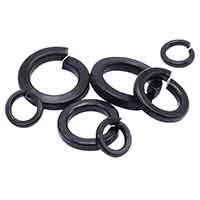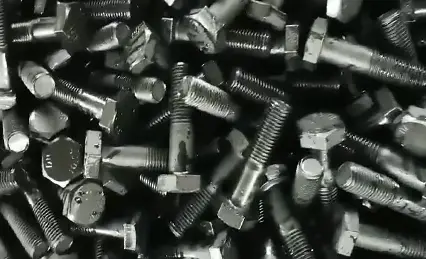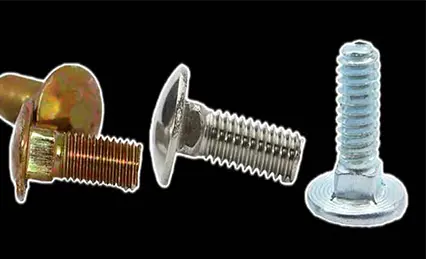Search
en
Spring washers, also known as disc springs or Belleville washers, are essential components in various mechanical and structural assemblies. These versatile washers play a crucial role in providing a secure and reliable fastening solution in applications where vibration, thermal expansion, and dynamic loads are present. In this article, we'll delve into the key features of spring washers and explore their importance across different industries and applications.

Spring washers are characterized by their unique disc-shaped design, which resembles a conical or Belleville shape. This design allows the washer to exert spring-like tension when compressed between two surfaces, providing a constant and controlled force to prevent loosening and maintain tightness in bolted joints.
Spring washers are typically made from high-quality spring steel or stainless steel materials, which offer excellent resilience, corrosion resistance, and fatigue strength. The choice of material depends on the specific application requirements, including environmental conditions and load capacity.
The primary function of spring washers is to provide preload or tension in bolted joints, compensating for variations in tightening torque, thermal expansion, and external loads. By exerting a continuous force on the fastener, spring washers help prevent loosening and maintain clamping pressure, ensuring a secure and stable connection over time.
Belleville Washers: Belleville washers are conical-shaped spring washers that provide high spring rates and load capacities. They are commonly used in applications requiring a compact and lightweight design, such as automotive suspensions and aerospace systems.
Wave Washers: Wave washers, also known as wavy or serrated washers, feature a wave-like profile that allows for axial flexibility and compensation for axial play. They are often used in assemblies with limited space or where vibration damping is required.
Split Washers: Split washers, also known as helical spring washers or lock washers, have a split or bent design that creates tension when compressed. They are used to prevent nuts and bolts from loosening due to vibration or thermal cycling in applications such as machinery and equipment.
Spring washers find widespread use in various industries and applications, including:
Automotive: In automotive assemblies, spring washers are used in engine components, chassis systems, and suspension assemblies to maintain proper tension and prevent loosening under dynamic loads and vibrations.
Construction: In construction and structural applications, spring washers are employed in steel structures, bridges, and building frameworks to provide secure fastening and withstand external forces and environmental conditions.
Machinery and Equipment: Spring washers are integral components in machinery and equipment assemblies, ensuring proper tension and alignment in bolted joints subjected to dynamic loads, shock, and vibration.
Electronics: In electronic devices and appliances, spring washers are used to provide electrical grounding and secure connections in circuit board assemblies and electrical enclosures.
Enhanced Security: Spring washers help prevent loosening and maintain clamping pressure in bolted joints, reducing the risk of component failure and ensuring operational safety and reliability.
Improved Performance: By providing preload and compensating for variations in tightening torque and thermal expansion, spring washers contribute to the longevity and performance of mechanical and structural assemblies.
Versatility: With a wide range of designs and materials available, spring washers offer versatility and adaptability to diverse applications and industry requirements.
In conclusion, spring washers are indispensable components in mechanical and structural assemblies, providing essential preload and tension in bolted joints to prevent loosening and maintain tightness over time. With their unique design, material composition, and functionality, spring washers offer numerous benefits and applications across various industries, ensuring the reliability, safety, and performance of critical systems and equipment.



